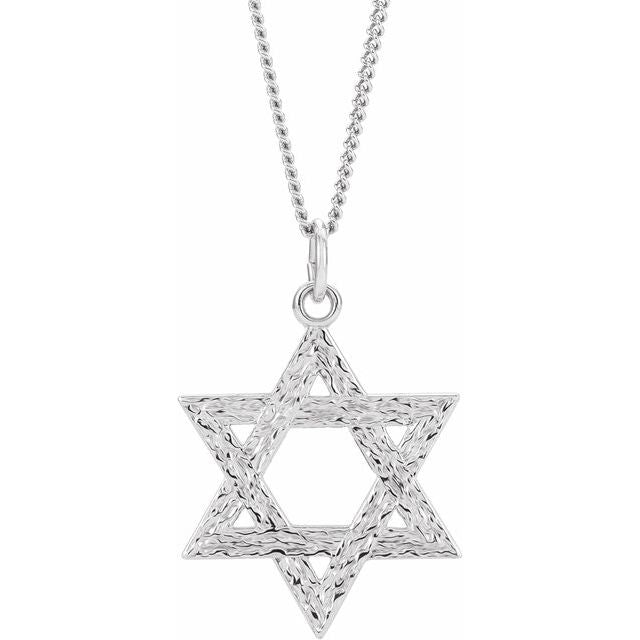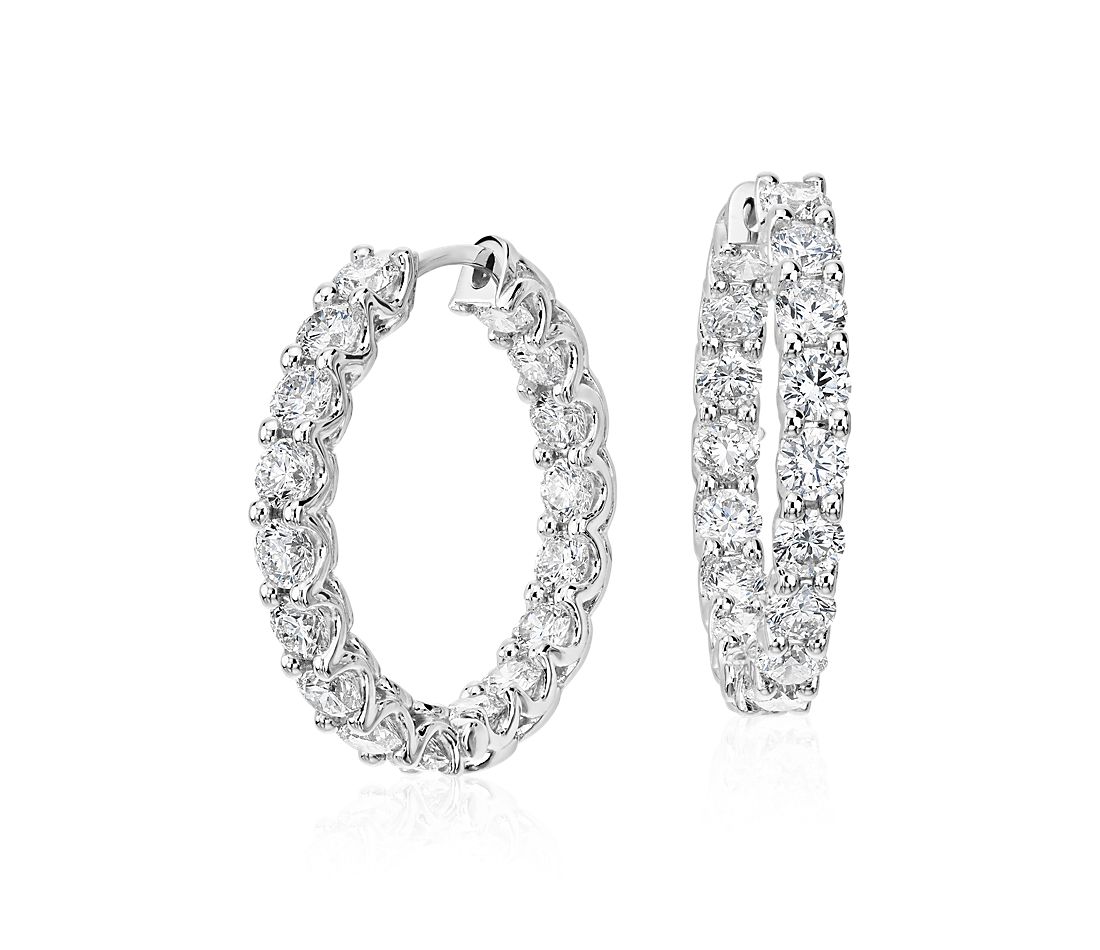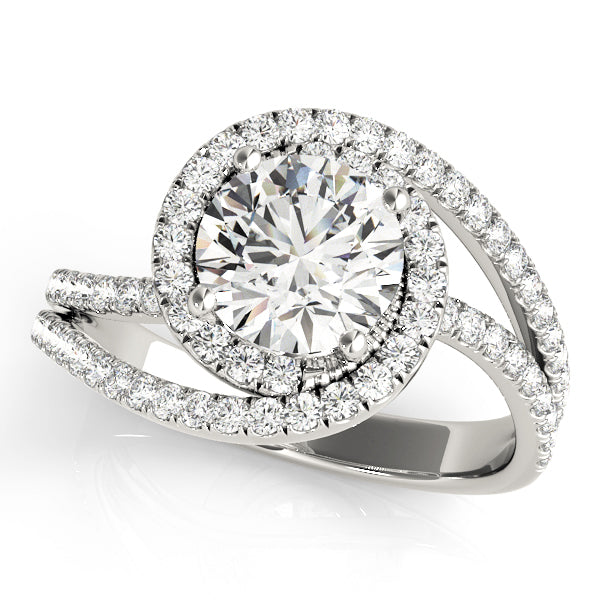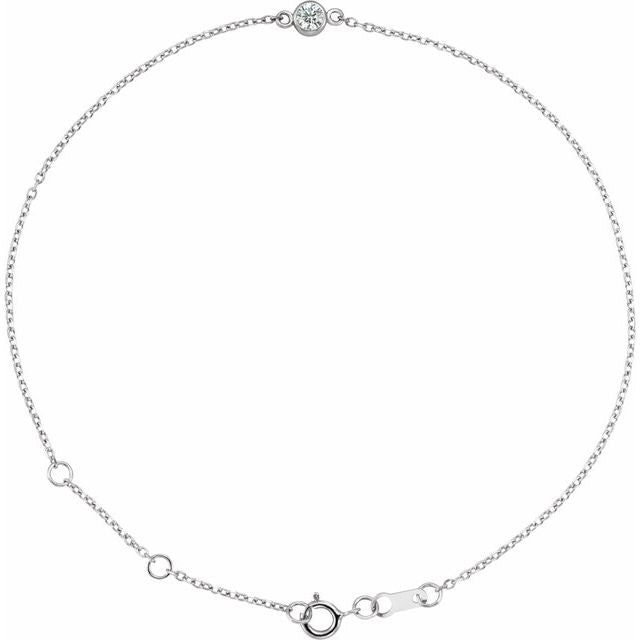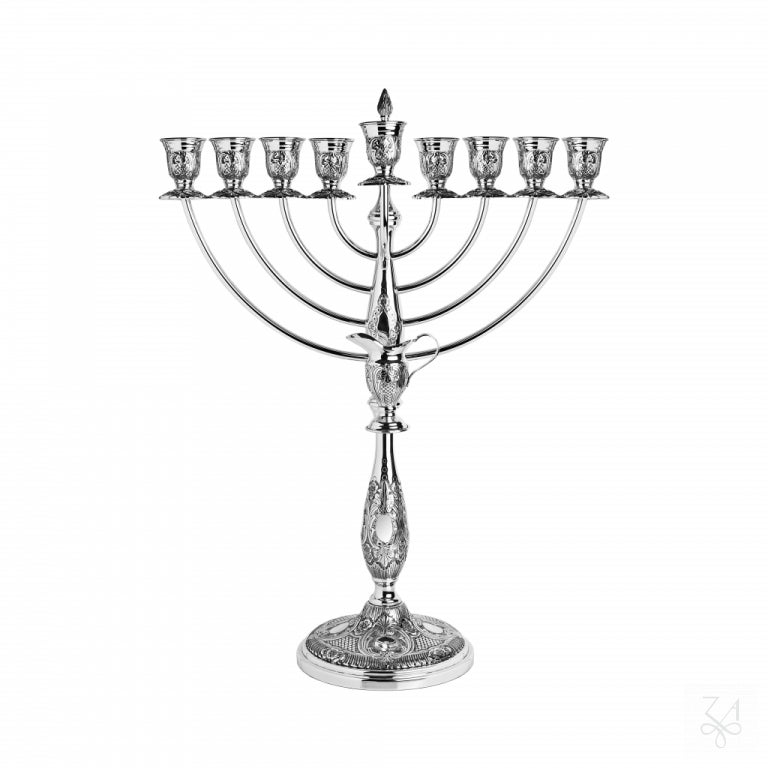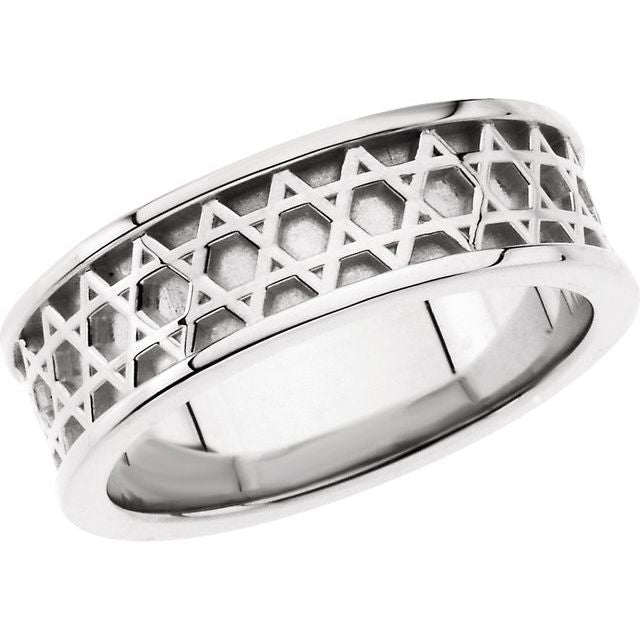In a world dominated by mass production, handmade silver jewelry stands as a testament to human creativity, skill, and artistic expression. From intricately designed statement necklaces to delicately crafted rings, handmade silver jewelry has captivated hearts for centuries, combining aesthetic appeal with personal significance. This enduring popularity isn't surprising—the global jewelry market reached $228 billion in 2022 and is projected to grow to $307 billion by 2026, with artisanal and handmade pieces representing one of the fastest-growing segments.
The Rich Heritage of Silver Jewelry Making
Silver jewelry making boasts a history spanning thousands of years, with evidence of silver adornments dating back to ancient civilizations in Mesopotamia around 4000 BCE. Archaeological discoveries reveal that early silver jewelry served not only as decoration but also as symbols of status, wealth, and spiritual protection.
The techniques used in crafting silver jewelry have evolved over millennia, with each culture adding its unique contributions:
Ancient Techniques That Endure Today
-
Filigree: This delicate technique involves twisting thin silver wires into intricate patterns, creating lace-like designs. Dating back to ancient Mesopotamia, filigree remains one of the most admired silver jewelry-making methods.
-
Repoussé and Chasing: These complementary techniques involve hammering silver to create raised designs (repoussé) and then defining these designs from the front (chasing). These methods were perfected by the ancient Egyptians and Greeks.
-
Granulation: Developed by Etruscan goldsmiths, this technique attaches tiny silver spheres to create textured surfaces and patterns.
-
Lost-Wax Casting: This ancient technique, dating back 6,000 years, allows artisans to create complex designs by first carving them in wax, then replacing the wax with molten silver.
According to the Craft Council, traditional silversmithing techniques have seen a 35% rise in interest among younger generations of jewelry makers in the past decade, demonstrating the enduring appeal of these ancient crafts.
The Unique Appeal of Handmade Silver Jewelry
Quality and Craftsmanship
In contrast to mass-produced jewelry, handmade silver pieces reflect the meticulous attention to detail and passion of individual artisans. Each piece tells a story of hours spent designing, shaping, soldering, and polishing. A survey by the American Craft Council found that 78% of consumers are willing to pay premium prices for handmade jewelry specifically because of the higher perceived quality and craftsmanship.
The creation of a single handmade silver ring may take anywhere from several hours to several days, depending on the complexity of the design. This investment of time and skill results in pieces that not only look distinctive but also tend to be more durable than their mass-produced counterparts.
Sustainability Credentials
In an era of increasing environmental consciousness, handmade silver jewelry offers significant sustainability advantages. According to the Environmental Protection Agency, jewelry manufacturing ranks among the top five most polluting industries when conducted on an industrial scale. Handmade silver jewelry, by contrast, typically has:
-
A smaller carbon footprint due to reduced machinery usage
-
Less waste generation through more efficient use of materials
-
Higher likelihood of using recycled silver (approximately 65% of independent silversmiths report using recycled metals)
-
Fewer toxic chemicals in the finishing processes
Market research firm Nielsen reports that 73% of millennials are willing to pay more for sustainable products, making the eco-friendly aspects of handmade silver jewelry particularly appealing to younger consumers.
Uniqueness and Personalization
Perhaps the most compelling attribute of handmade silver jewelry is its uniqueness. In a study by Etsy, 87% of jewelry buyers cited "finding something unique" as a primary motivation for purchasing handmade pieces. Unlike mass-produced items, handcrafted silver jewelry offers:
-
One-of-a-kind designs that won't be found on anyone else
-
Minor variations and "imperfections" that add character
-
Opportunity for customization and personalization
-
Connection to the artist's individual creative expression
Popular Types of Handmade Silver Jewelry
Sterling Silver Basics
Most handmade silver jewelry uses sterling silver, an alloy containing 92.5% pure silver and 7.5% other metals (usually copper). This composition, stamped as "925," provides the perfect balance of beauty and durability. Pure silver (999) is too soft for most jewelry applications, while sterling silver maintains silver's lustrous appearance while offering sufficient hardness for everyday wear.
Contemporary Styles in Handmade Silver
Today's handmade silver jewelry landscape reflects diverse influences, from minimalist designs to nature-inspired creations. Some of the most popular styles include:
Minimalist Silver Jewelry
Characterized by clean lines and simple geometry, minimalist silver jewelry has seen a 42% increase in sales over the past five years, according to jewelry industry reports. These pieces often feature:
-
Simple bands and stackable rings
-
Geometric pendants and earrings
-
Limited ornamentation
-
Brushed or matte finishes
Nature-Inspired Designs
Drawing inspiration from the natural world, these designs incorporate organic forms and textures:
-
Leaf and flower motifs
-
Branch-like structures
-
Textured surfaces mimicking natural elements
-
Animal and insect forms
Statement Pieces
Large, bold silver jewelry pieces serve as artistic expressions and conversation starters:
-
Chunky cuffs and wide band rings
-
Large pendant necklaces
-
Sculptural earrings
-
Mixed metal compositions incorporating silver
Silver Jewelry Across Cultures
Different cultures around the world have distinctive silver jewelry traditions that continue to influence contemporary designs:
Native American Silver Jewelry
With a heritage spanning over 150 years, Native American silver jewelry—particularly from Navajo, Hopi, and Zuni artisans—is renowned worldwide. According to the Indian Arts and Crafts Association, authentic Native American jewelry represents a $1.5 billion market.
Traditional techniques include:
-
Stampwork: Creating patterns by hammering metal stamps into silver
-
Overlay: Cutting designs in one piece of silver and soldering it onto another
-
Inlay: Setting stones, shell, or other materials flush with the silver surface
Mexican Silver Jewelry
Mexico has one of the richest silver jewelry traditions globally, centered in cities like Taxco. Mexican silver jewelry often features:
-
Bold, dramatic designs
-
Incorporation of natural stones, particularly turquoise
-
Intricate filigree work
-
Pre-Columbian inspired motifs
Scandinavian Silver Jewelry
Known for clean lines and functional beauty, Scandinavian silver jewelry gained international recognition in the mid-20th century and continues to influence contemporary design with:
-
Modernist, architectural forms
-
Minimalist aesthetics
-
Emphasis on craftsmanship over ornamentation
-
Integration of other materials like wood and glass
The Artisans Behind the Craft
Behind every piece of handmade silver jewelry is an artisan with unique skills, vision, and story. According to industry data, there are approximately 36,000 individual jewelry makers in the United States alone, with the majority working with precious metals like silver.
Training and Skill Development
Modern silversmiths typically develop their craft through:
-
Formal education at art schools and jewelry programs
-
Apprenticeships with master craftspeople
-
Self-teaching through books and online resources
-
Workshops and continuing education
Most professional silversmiths report spending 3-7 years mastering basic techniques before developing their distinctive style and voice.
The Business of Handmade Jewelry
The economic landscape for handmade silver jewelry has transformed dramatically with the rise of e-commerce. Online platforms dedicated to handmade goods have created new opportunities for artisans to reach global markets:
-
Etsy reports over 5 million handmade jewelry listings, with silver jewelry being among the top-selling categories
-
Direct-to-consumer sales through social media have increased by 61% for independent jewelry makers since 2018
-
Artisan marketplaces like The Artisan Group have created collective marketing opportunities
Despite these opportunities, challenges remain. A survey by the Crafts Council found that 68% of handmade jewelry makers report pricing their work as their biggest business challenge, balancing fair compensation for their time with market expectations.
Selecting Quality Handmade Silver Jewelry
For consumers interested in purchasing handmade silver jewelry, understanding quality indicators is essential:
Hallmarks and Quality Indicators
Quality handmade silver jewelry typically features:
-
Sterling silver hallmark: Look for "925," "Sterling," or "Ster" stamped somewhere on the piece
-
Maker's mark: Many silversmiths have a personal stamp or signature
-
Smooth soldering joints: Well-executed connections that are barely visible
-
Consistent finishing: Even polishing or intentional texturing
-
Weight: Quality silver jewelry has substantial weight relative to its size
Finding Authentic Handmade Silver Jewelry
To ensure you're purchasing genuine handmade silver jewelry:
-
Research the artist or brand, looking for their process documentation
-
Ask questions about how pieces are made
-
Look for variations between similar items that indicate hand-crafting
-
Seek out juried craft shows and reputable online platforms like ArtFire
-
Consider purchasing directly from the artist's studio or website like Novica
Caring for Your Handmade Silver Jewelry
Proper care extends the life and beauty of handmade silver pieces:
Preventing Tarnish
Silver naturally tarnishes when exposed to air and certain chemicals. To minimize tarnish:
-
Store pieces in airtight containers or anti-tarnish bags
-
Keep jewelry away from household chemicals, perfumes, and lotions
-
Remove silver jewelry before swimming or bathing
-
Wear your silver jewelry regularly—natural oils can help prevent tarnish
Cleaning Methods
When cleaning becomes necessary:
-
Gentle polishing: Use a silver polishing cloth designed specifically for jewelry
-
Mild soap method: Wash with warm water and mild dish soap, using a soft brush for textured areas
-
Baking soda method: For heavily tarnished pieces, create a paste with baking soda and water, apply gently, rinse thoroughly
-
Professional cleaning: For valuable or complex pieces with stones, seek professional cleaning
According to the Silver Institute, proper care can extend the life of silver jewelry indefinitely, with some well-maintained silver pieces lasting centuries.
The Investment Value of Handmade Silver Jewelry
Beyond aesthetic and emotional value, handmade silver jewelry can represent a financial investment:
Resale Value Considerations
Factors affecting the resale value of handmade silver jewelry include:
-
Artist reputation: Pieces by recognized artisans maintain value better
-
Craftsmanship quality: Exceptionally well-made pieces hold value
-
Design timelessness: Classic designs typically maintain value better than trend-driven pieces
-
Material value: The base silver content has intrinsic value that fluctuates with precious metal markets
A study by online marketplace Ruby Lane found that high-quality handmade silver jewelry typically retains 60-80% of its purchase price in the secondary market, compared to 20-40% for mass-produced pieces.
Collectible Silver Jewelry
Some handmade silver jewelry transcends personal adornment to become collectible art, particularly:
-
Works by renowned artisans
-
Limited edition or one-of-a-kind pieces
-
Historically significant designs
-
Award-winning pieces
The collectible jewelry market grew by 9% annually between 2016-2021, according to Art Market Research, outpacing most other collectible categories.
The Future of Handmade Silver Jewelry
The handmade silver jewelry industry continues to evolve, with several trends shaping its future:
Technological Integration
Modern silversmiths increasingly blend traditional techniques with new technologies:
-
Computer-aided design for creating complex, precise components
-
3D printing for prototyping or creating components that would be difficult to fabricate by hand
-
Digital marketing tools to reach global audiences
-
Online education and community building
According to a survey by the Society of North American Goldsmiths, 62% of contemporary silversmiths now use some form of digital technology in their creative process.
Emerging Sustainability Practices
Environmental consciousness is driving innovation in sustainable practices:
-
Increased use of recycled silver (projected to reach 30% of the market by 2025)
-
Water conservation techniques in studios
-
Non-toxic alternatives to traditional chemicals
-
Zero-waste studio practices
Cross-Cultural Influence
In our increasingly connected world, silversmiths draw inspiration across cultural boundaries:
-
Fusion of traditional techniques from different cultures
-
Collaborative projects between artisans from diverse backgrounds
-
Revival and reinterpretation of historical techniques
-
Contemporary interpretations of traditional motifs
Conclusion: The Enduring Appeal of Handmade Silver
In a world increasingly dominated by digital experiences and mass production, handmade silver jewelry offers something profoundly human—a tangible connection to craftsmanship, creativity, and cultural heritage. Each piece carries not only the aesthetic vision of its maker but also the legacy of techniques refined over generations.
As consumers become more conscious of their purchasing decisions' ethical and environmental impacts, handmade silver jewelry aligns perfectly with the growing desire for sustainable, meaningful consumption. The projected 12% annual growth in the handmade jewelry segment through 2026 suggests this isn't merely a passing trend but a fundamental shift in consumer values.
Whether chosen as personal adornment, meaningful gift, or collectible art, handmade silver jewelry offers something increasingly rare: authentic human connection expressed through material beauty. In each handcrafted silver piece lies not just precious metal, but precious human creativity—a value that transcends time, trends, and cultures.
References
-
The Silver Institute - For comprehensive information about silver jewelry and proper care techniques.
-
Society of North American Goldsmiths - Professional organization with research on contemporary jewelry making practices.
-
American Craft Council - For data on handmade jewelry market trends and consumer preferences.
-
Etsy Journal - For insights into consumer buying patterns for handmade jewelry.
-
Jewelry Industry Research Institute - For statistics on jewelry market size and growth projections.



